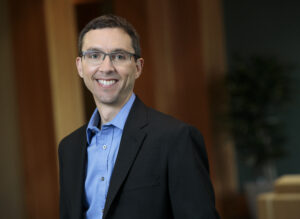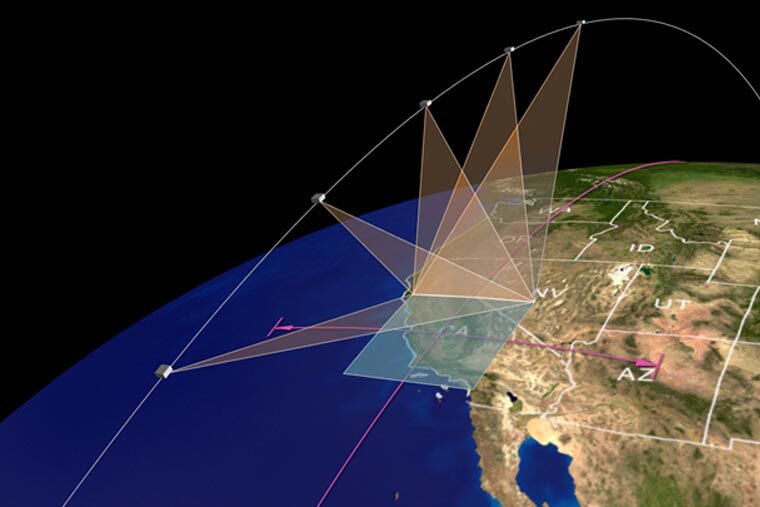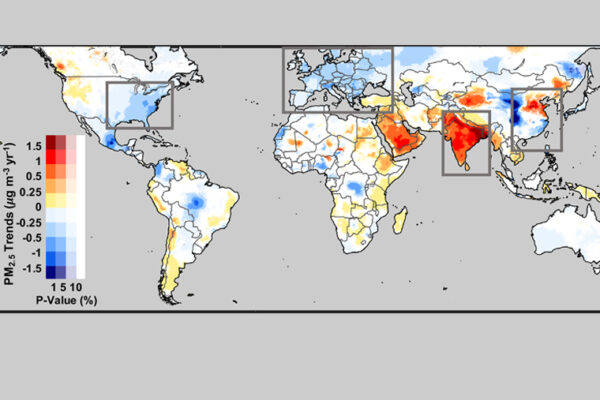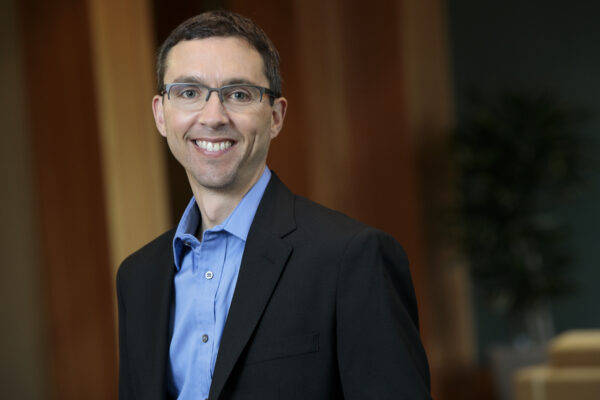It is well known that fine particulates in the air are associated with cardiovascular disease, respiratory diseases and cancer. What are not yet known are the different types of pollution that contribute to this fine particulate matter and which are most harmful to human health.
Randall Martin, professor of energy, environmental and chemical engineering at the McKelvey School of Engineering at Washington University in St. Louis, will look for these answers with a $1 million grant from NASA as part of its Multi-Angle Imager for Aerosols (MAIA) mission. With the funding, Martin will take a new set of observations and measurements of ground levels of fine particulate matter, also known as PM2.5, in regions observed from multiple angles with cameras on NASA’s MAIA satellites.

“A goal from the combination of the satellite and the ground-based measurements is to develop algorithms to infer ground-level particle type everywhere the satellite observes,” Martin said.
When looking down from space through a satellite, researchers can see the entire column of air that contains signatures about particles near the ground and higher up in the atmosphere. As a windshield on a car can look clean or dirty depending on the angle of the sun, the MAIA team will use those different angles to determine characteristics of the particles.
PM2.5, one of the major pollutants monitored closely by health officials worldwide, refers to the size of certain particulates in the air that are 2.5 microns and smaller. These particles can be composed of anything from dust to vehicle emissions to industrial byproducts. Because of their size, they can travel through the body’s respiratory tract and deposit in the lungs.
As part of this project, the team will send instruments to collaborators in eight countries to collect filter samples of the PM2.5 particles in the air. The collaborators will send the filters to Martin’s team, which will analyze the samples to understand the characteristics of the different particle types.
“Satellite remote sensing offers immense opportunity for global observations of air quality,” Martin said.
Martin is part of a large MAIA mission team based at NASA’s Jet Propulsion Laboratory at the California Institute of Technology. In addition to analyzing what types of airborne particles are dangerous over the short and long term, the team also aims to determine what types of airborne particles are dangerous during pregnancy and their impact on infants.




Comments and respectful dialogue are encouraged, but content will be moderated. Please, no personal attacks, obscenity or profanity, selling of commercial products, or endorsements of political candidates or positions. We reserve the right to remove any inappropriate comments. We also cannot address individual medical concerns or provide medical advice in this forum.